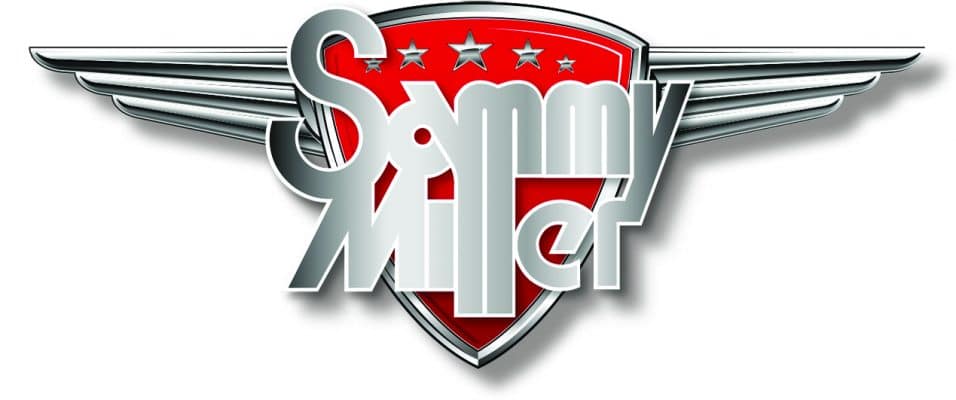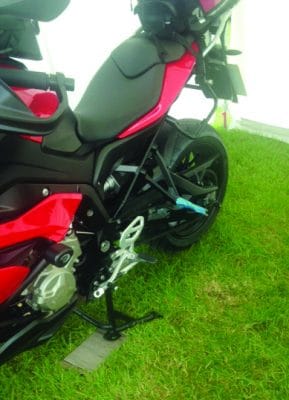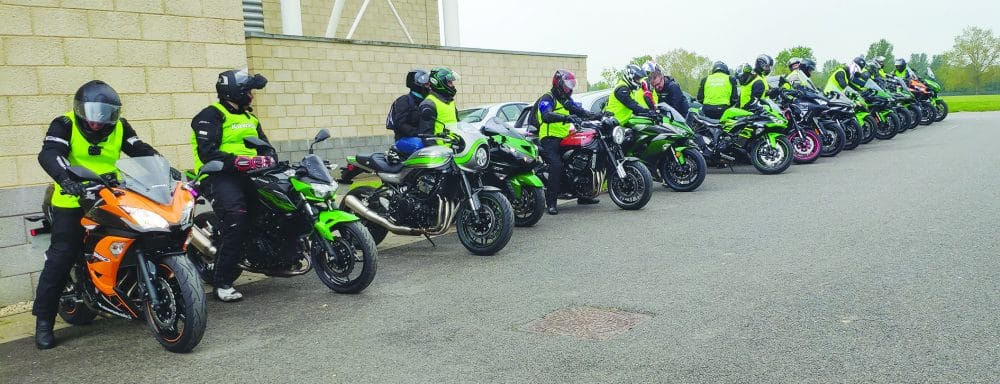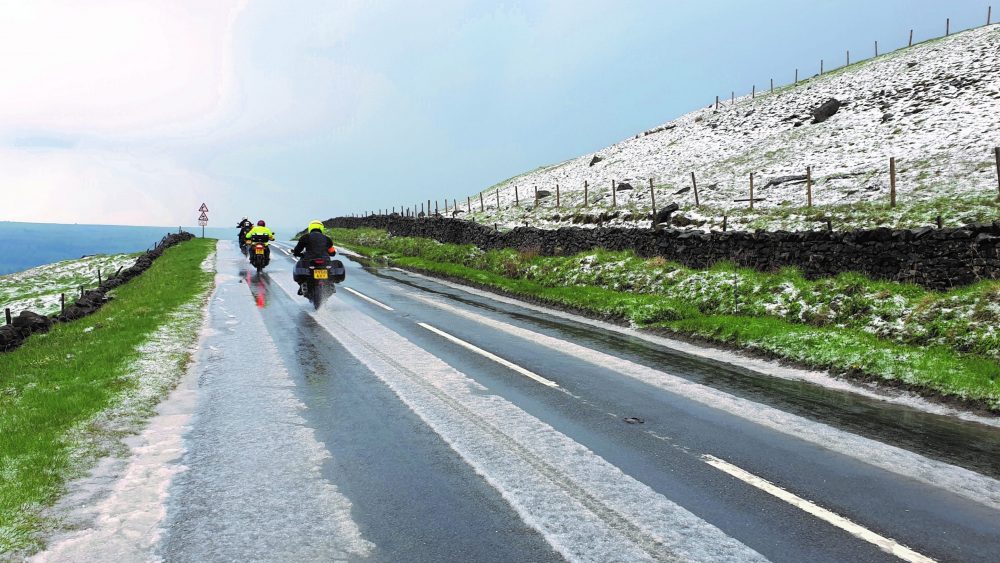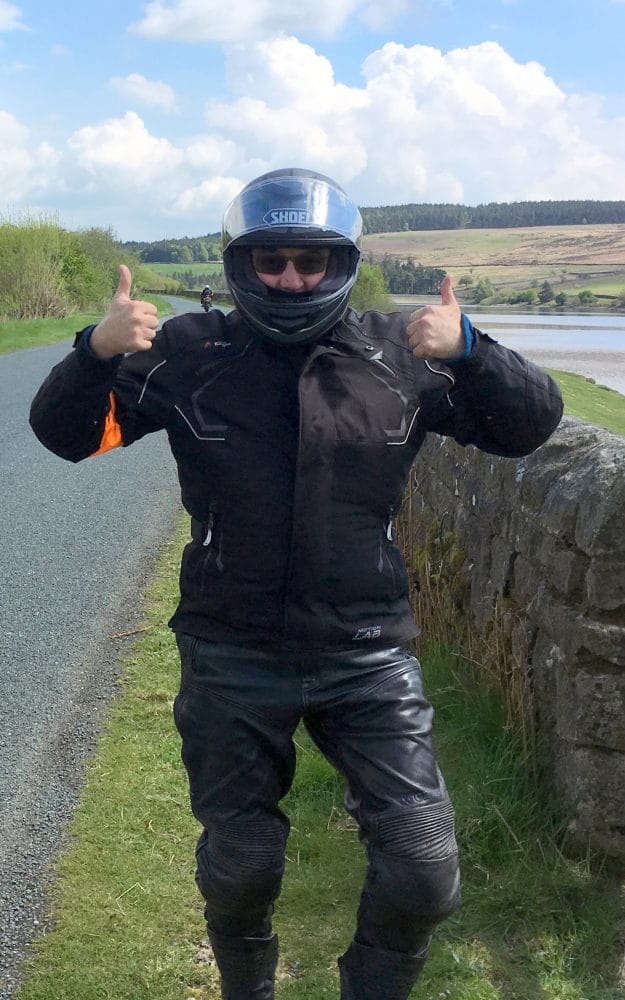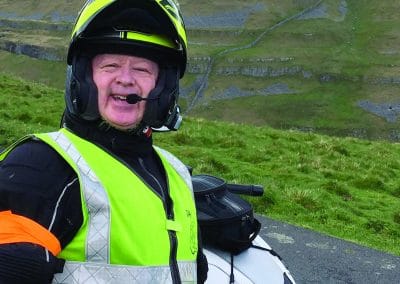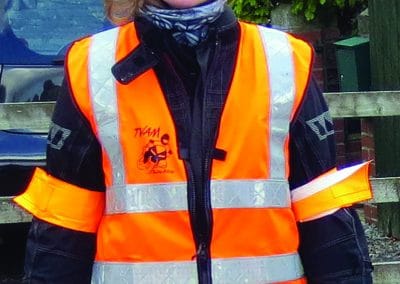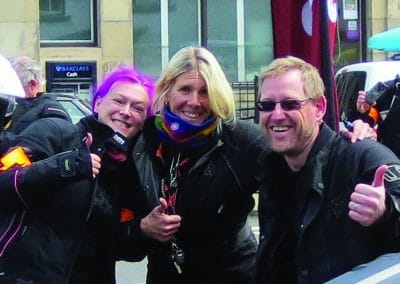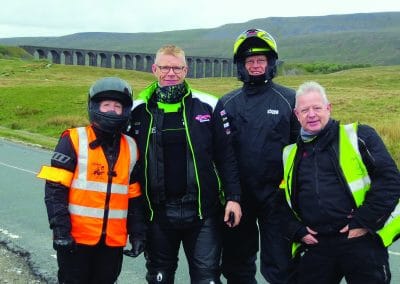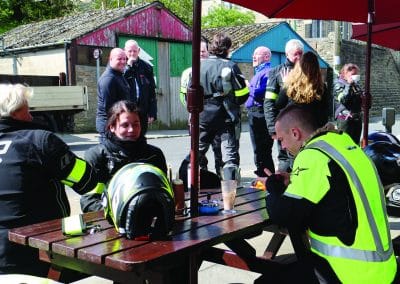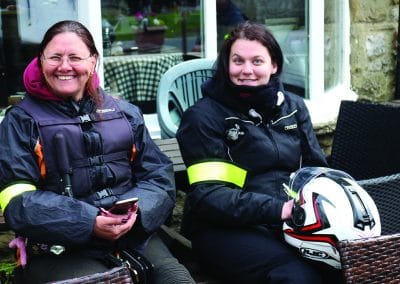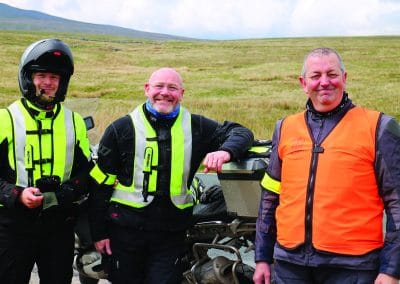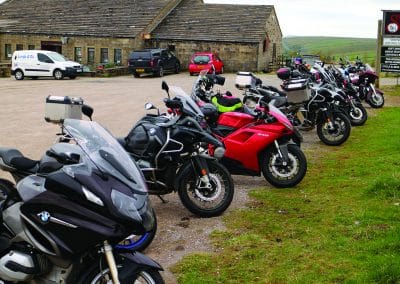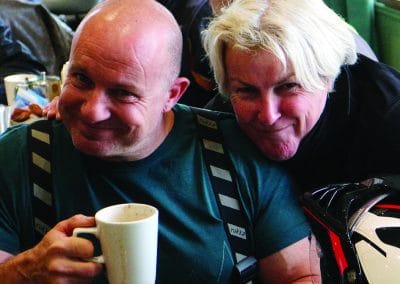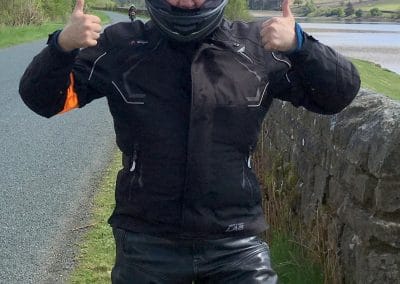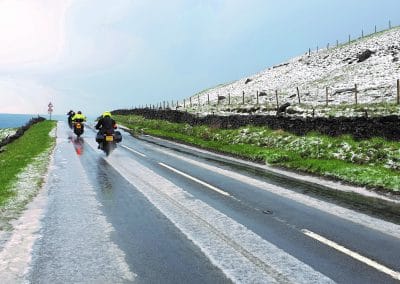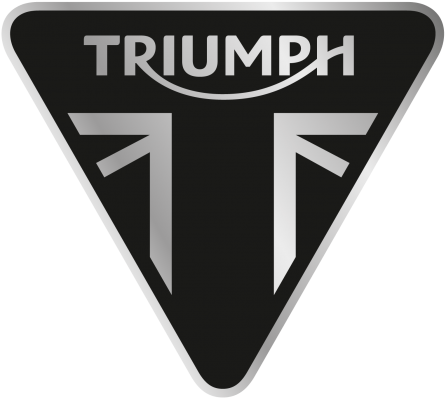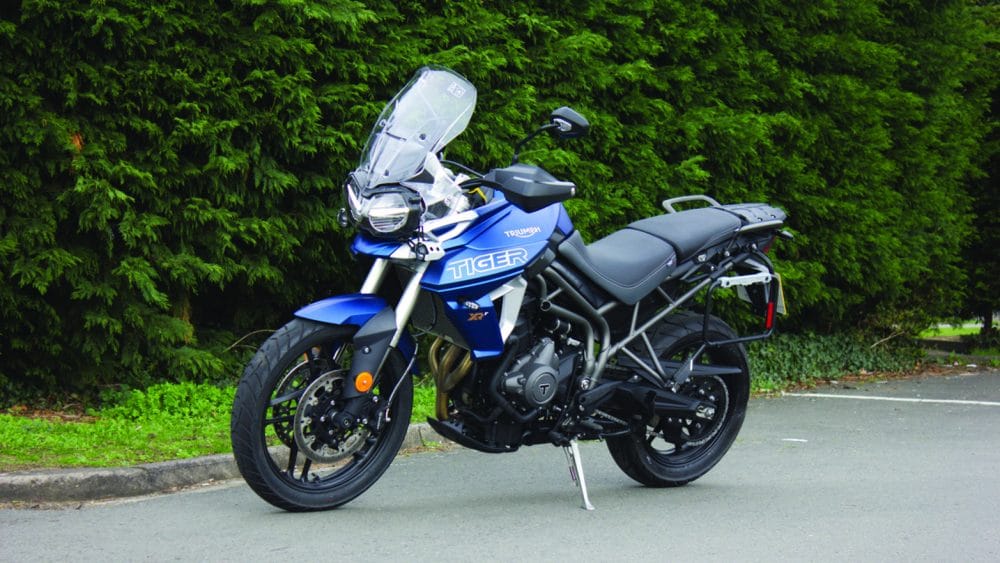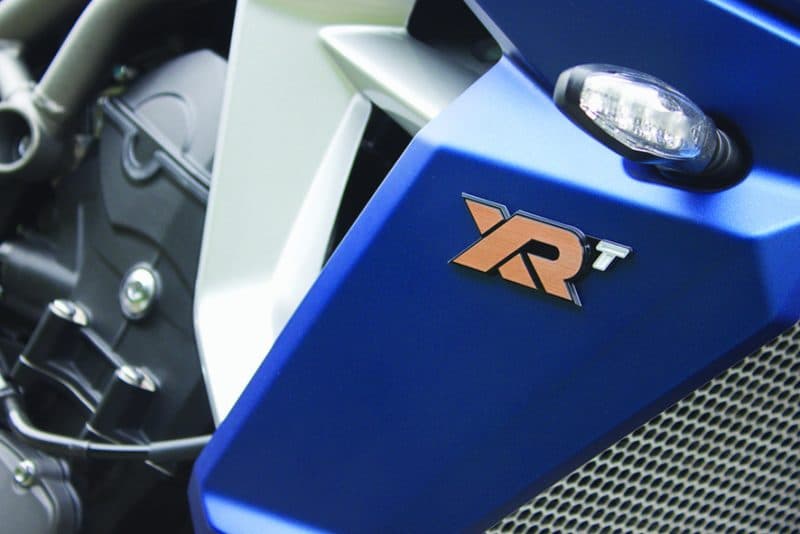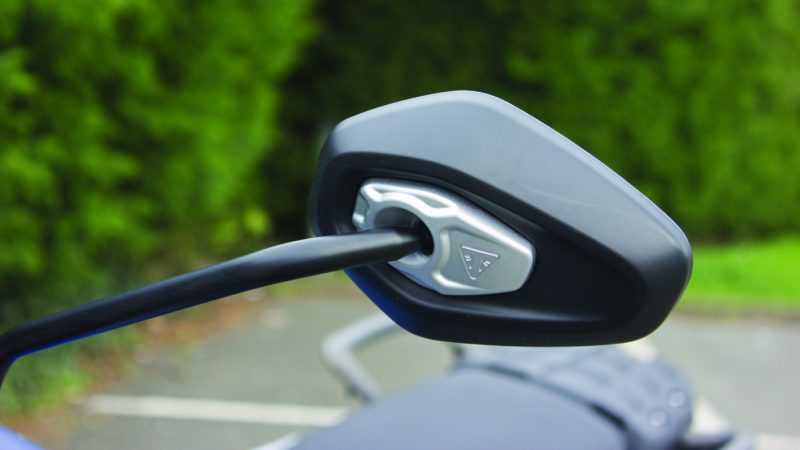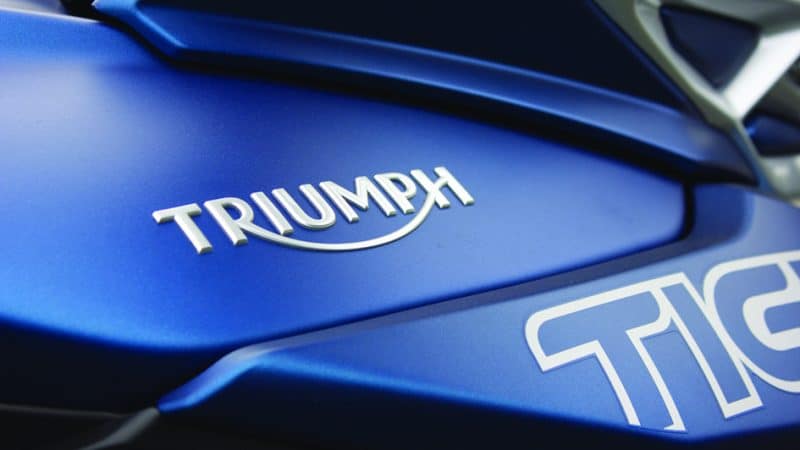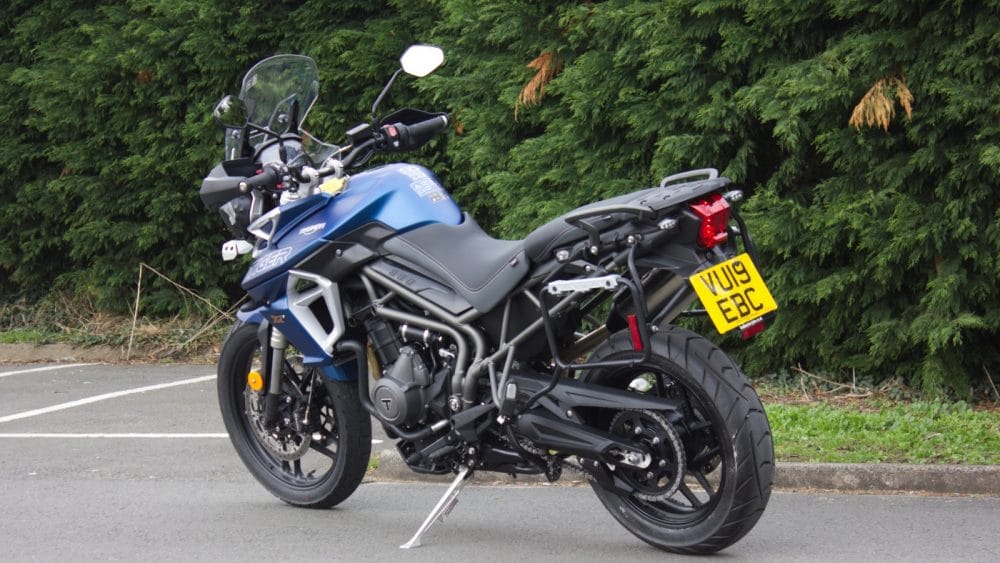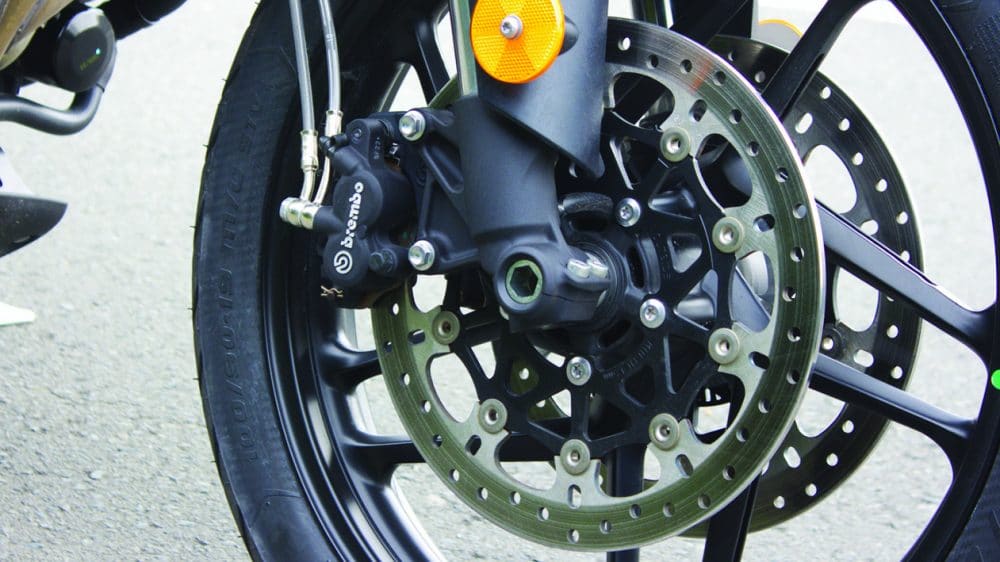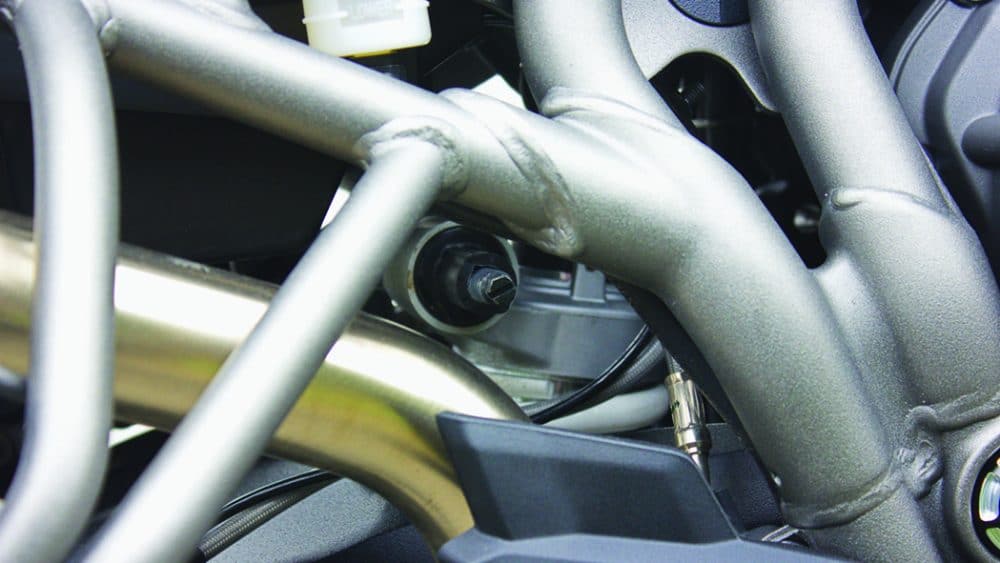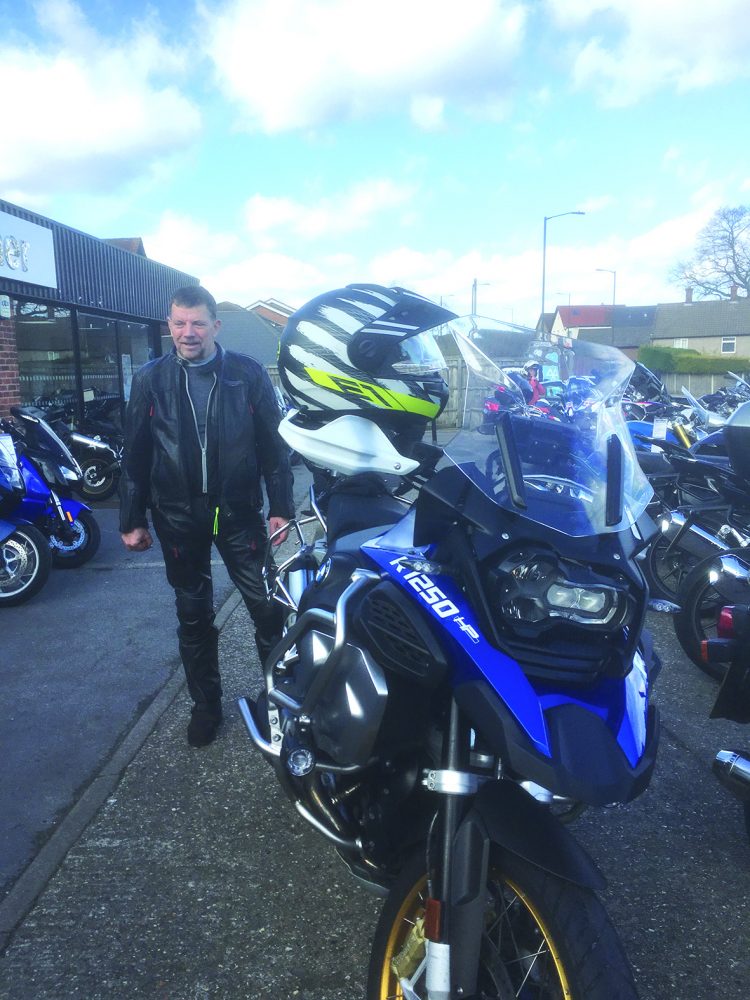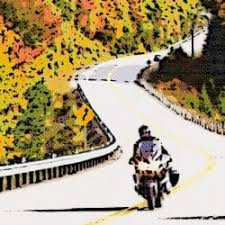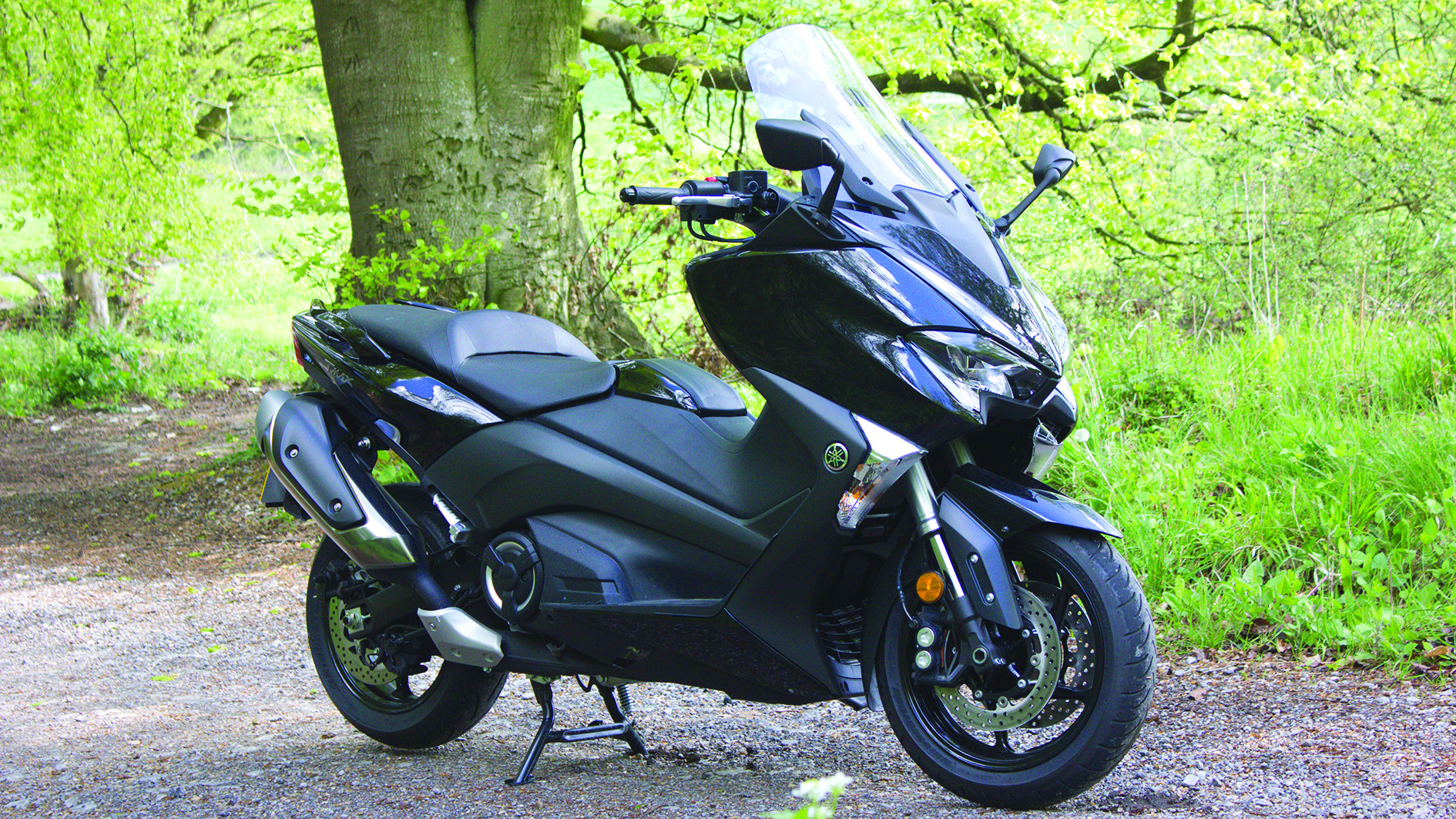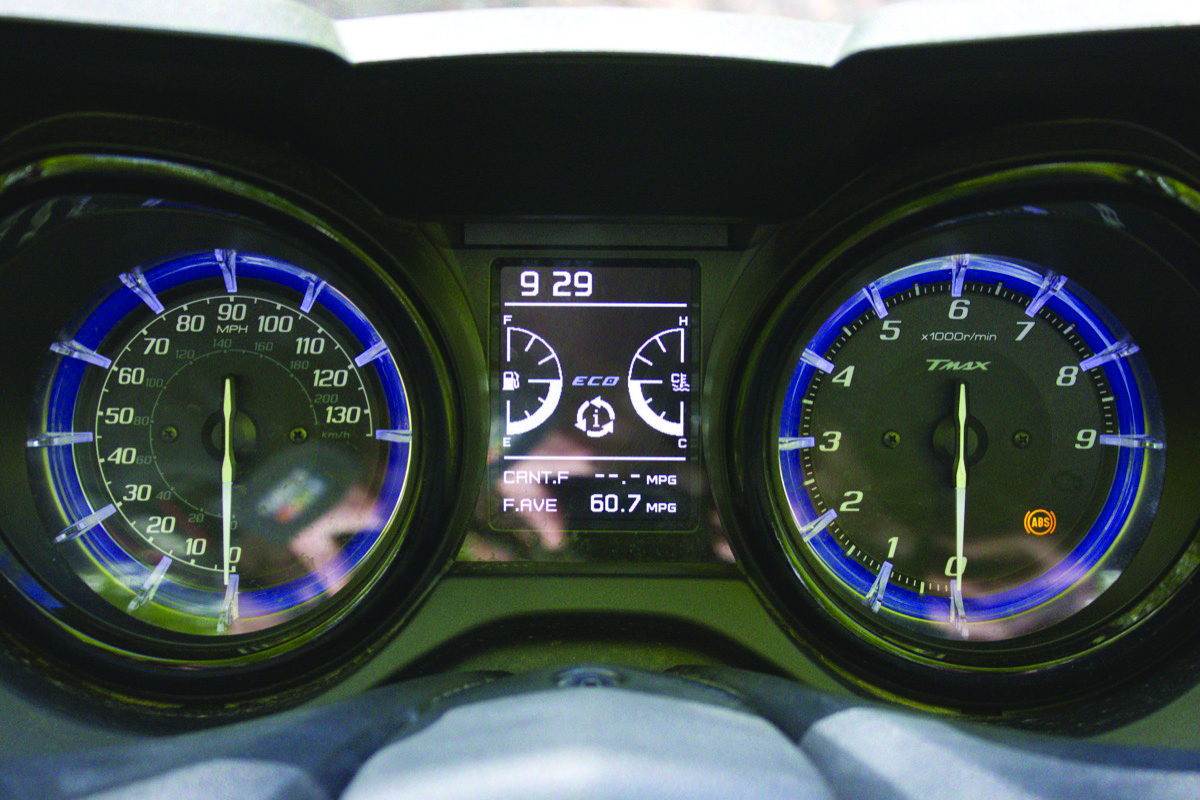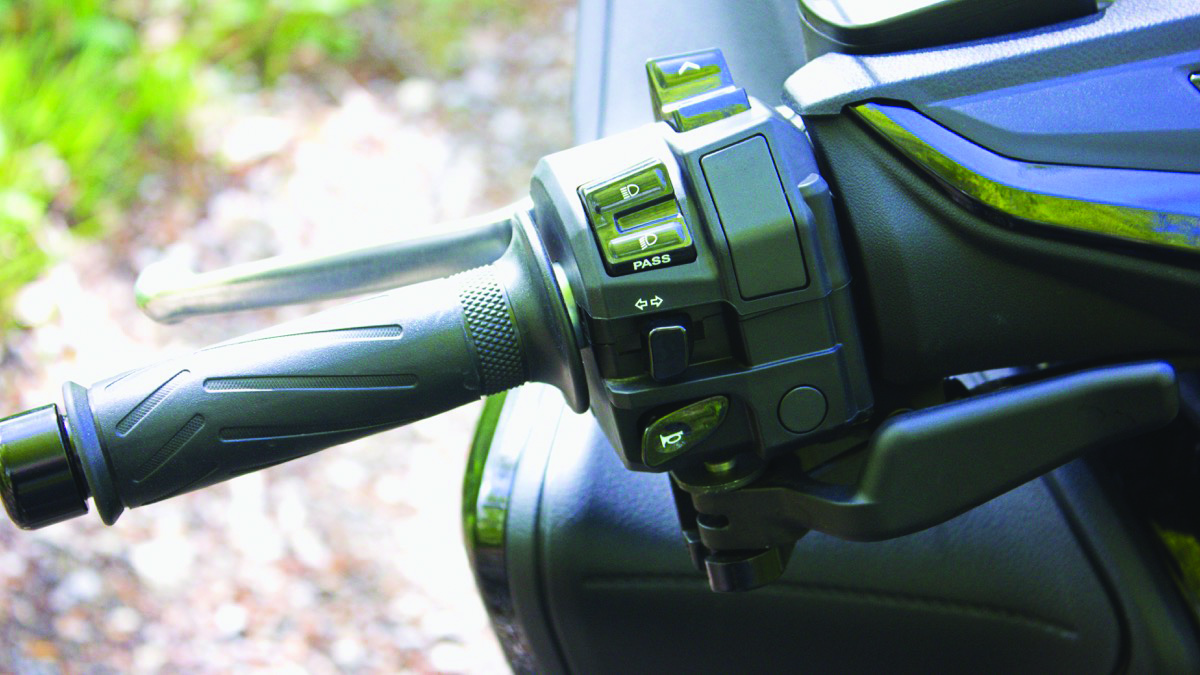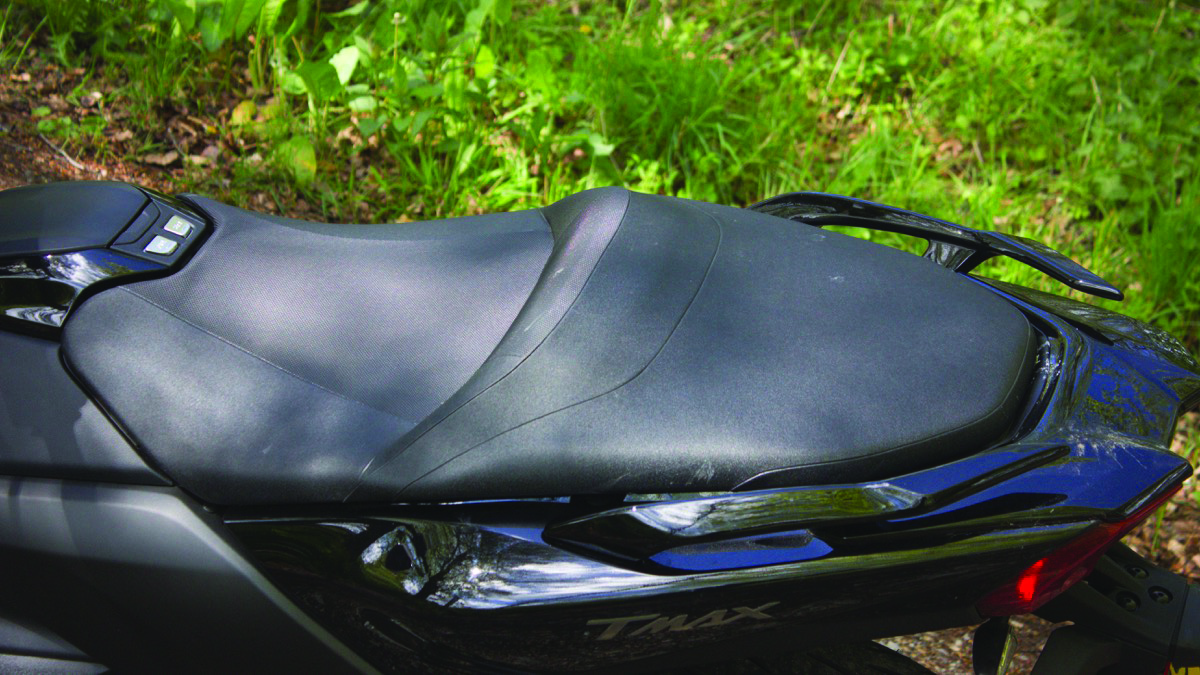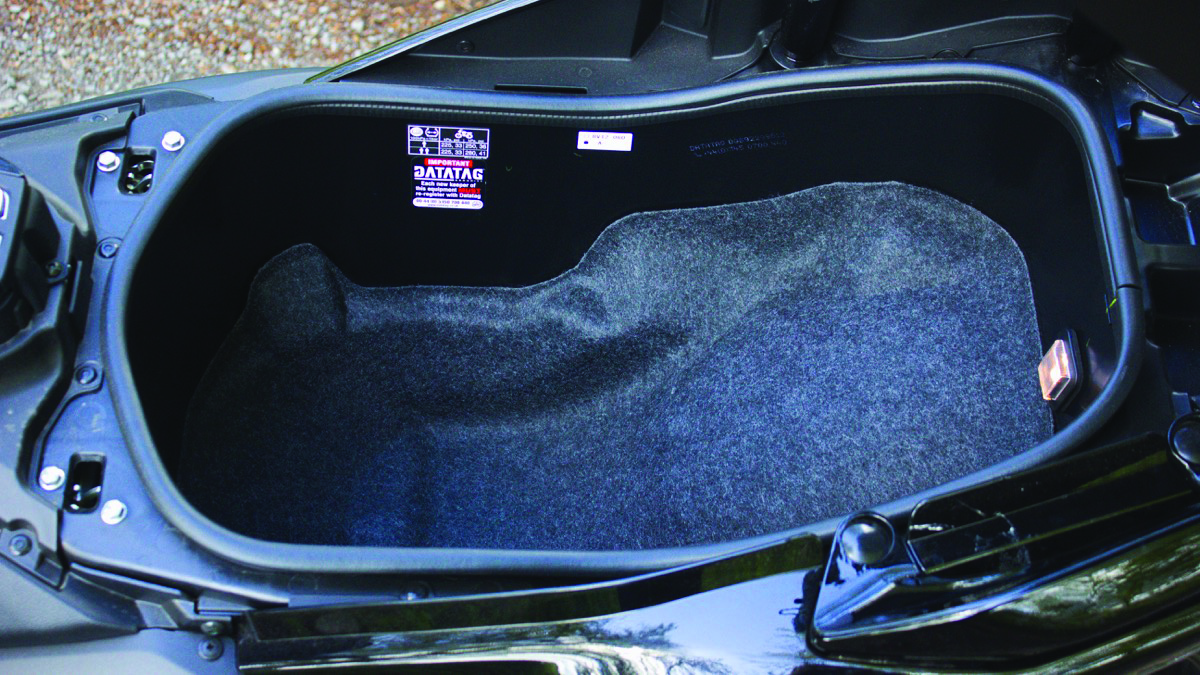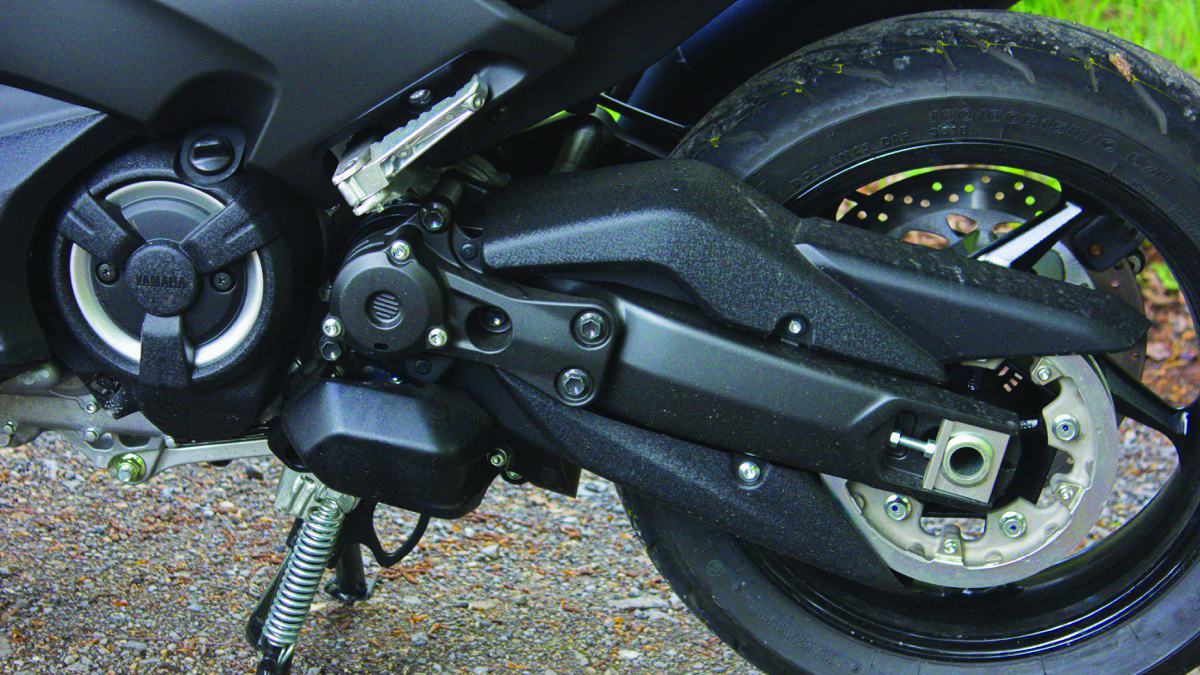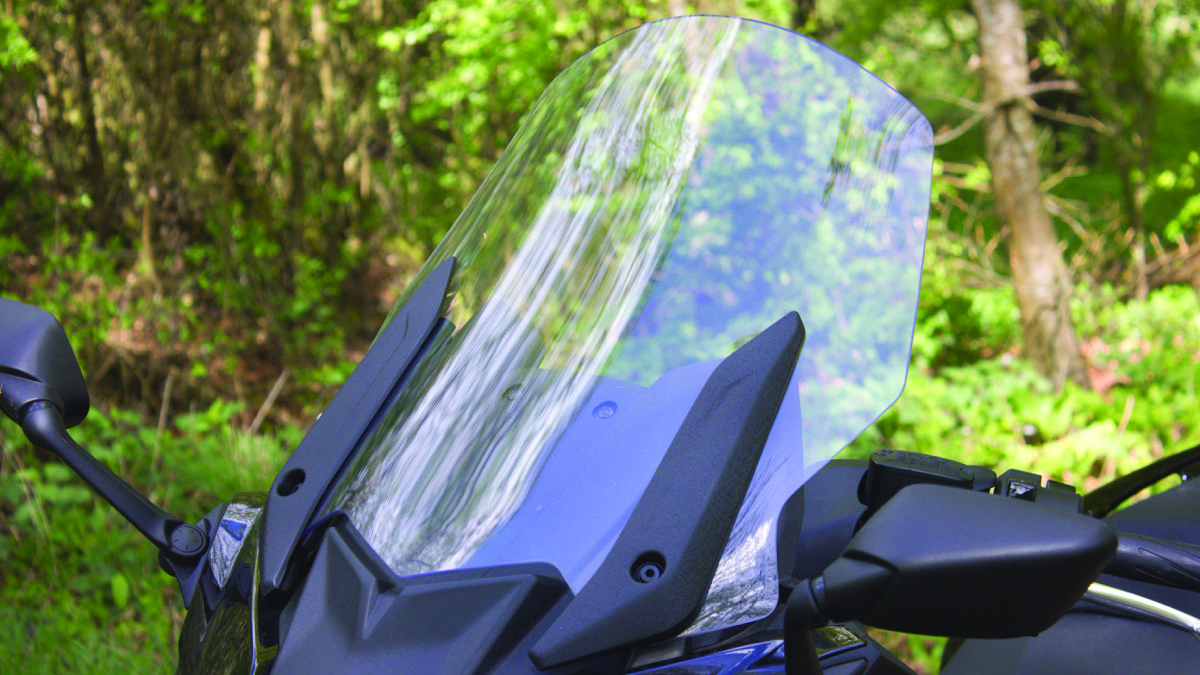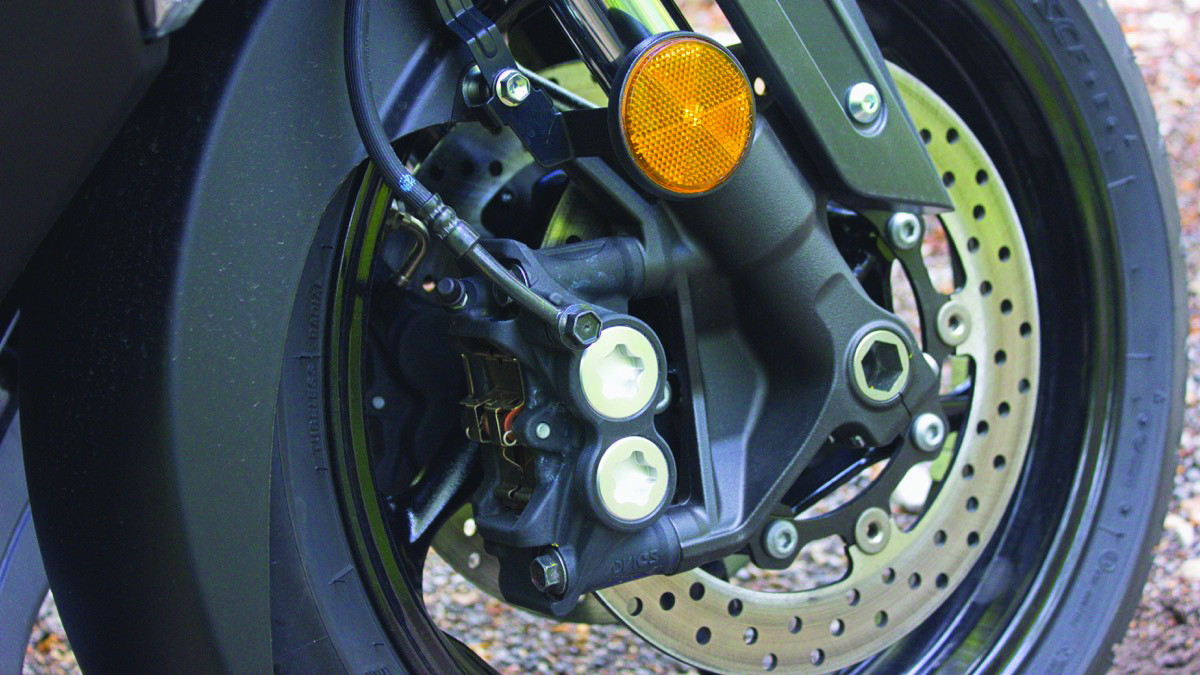Riding our bikes has to be fun and exciting. After all it gives us a sense of freedom, power, and bonds us to mates who have shared the same experience: an experience you can only get if you’ve ridden a bike; gone to the same places; seen the same things; maybe ridden through rain for an hour for a coffee and cake with mates – just to ride back again afterwards!
However, as well as being in the minority of road users on our bikes, we are the most vulnerable. Compared with cyclists, statistically, bikers are almost three times more likely to die on a motorcycle than a bicycle and almost just as likely to be seriously injured. It all means, regardless of what you ride, having only two wheels when on the road is definitely much more ‘risky’ than having four.
The latest government statistics, which report on 2017, make for sombre reading if you’re a motorcyclist. Not only did casualty rates increase by 7%, but if you’re a male, aged between 17 & 24 and live in London and the South East, (including TVAM’s area) you are statistically the most vulnerable road user in the country1 – by a long way. However, these figures do not make any distinction between moped riders; those riding on a provisional licence; or riders with advanced training and maybe even a test pass to reflect their on-the-road-skills. Yes, members of TVAM still have accidents. Thankfully very, very, few are of the most serious but there are stories of members visiting a nearby hedge or ditch every now and then, appearing later at St Crispin’s bearing the scars of their ‘trips’.
But the question is, does the training we undertake at TVAM make us safer? We believe so. Good training means our observation and planning skills are honed and we can hopefully spot hazards as they arise in the distance. Taking early action, sometimes instinctively, means we can avoid trouble the vast majority of the time without sudden changes of direction or speed.
If the totally unexpected happens and the only alternative is to stop very quickly we’ve practised emergency braking many times (maybe done the Advanced Braking Course) so without thought you go through the three phases of braking; applying the front brake smoothly to push the centre of gravity forward onto the front tyre and then increasing the braking force as the grip increases as the tyre gets squashed into the road, finally feathering the brake as you come to a halt to prevent the fork springs rebounding with force. Only after you’ve stopped do you consider the possibilities had you not reacted quickly in a controlled manner. Grabbing the front brake would have just locked-up the front wheel spilling you onto the road, possibly creating another statistic for the DoT annual report. Not braking hard enough would have similar consequences. When did you last practise an emergency stop?
IAM RoadSmart believes our training makes us safer and are conducting research to quantify it. Neil Grieg the IAM’s Policy and Research Director is leading the work and, later this year, a Motorcycle Evaluation report is due to be published. We’ll share what it says once available.
So this training stuff matters. It means we can enjoy the thrill and excitement of riding progressively whilst managing risk in the knowledge our training gives us the skills to do this well and our bikes are well maintained. To embark on the roads without both of these in place can only be put down to innocence or ignorance, neither of which is a good prospect for your long-term bike insurance premiums.
Have a great summer, have loads of fun and keep safe.
Andy Slater
Chairman


